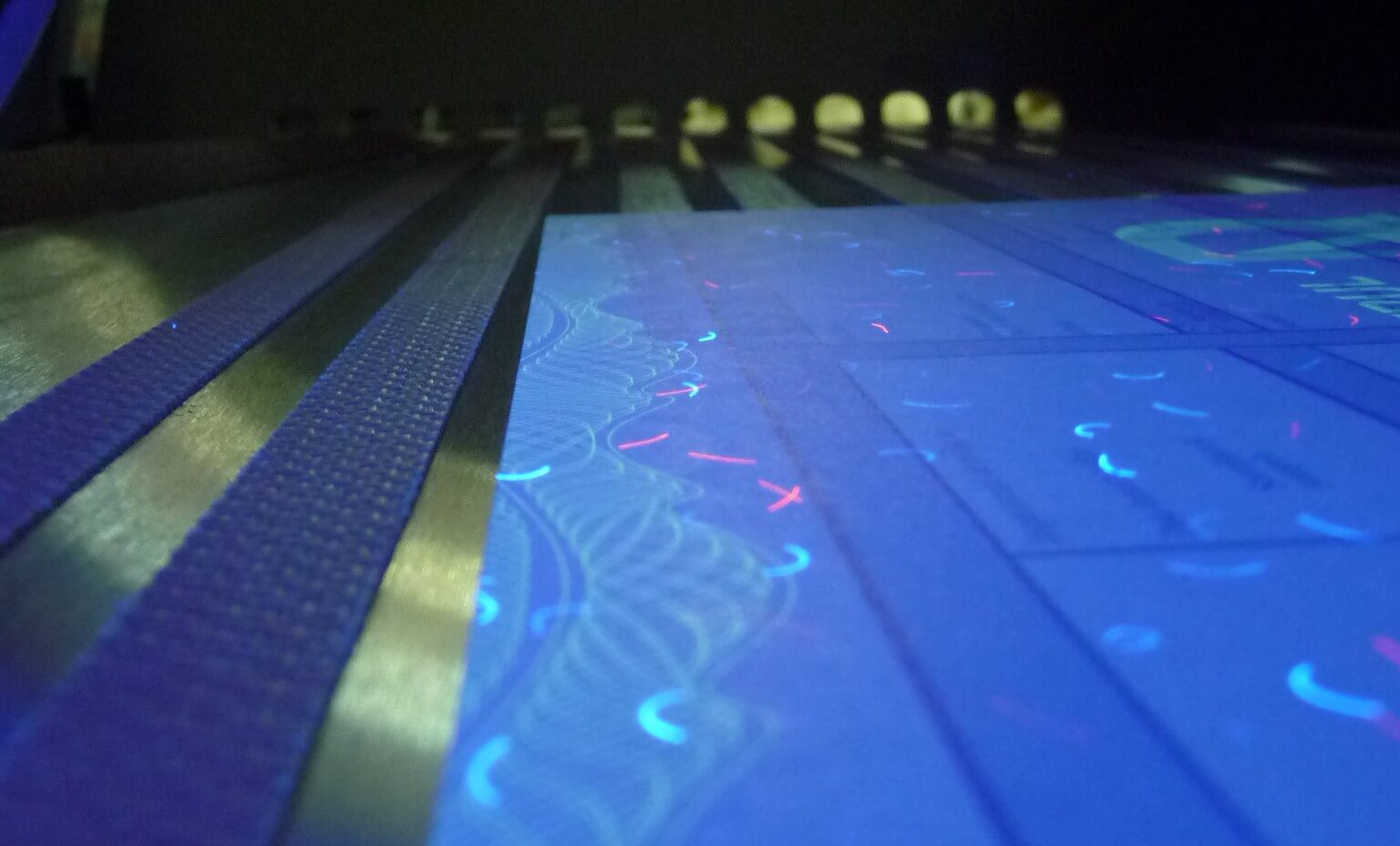In the world of art, precision and quality are paramount. Offset printing for fine art reproduction is a technique that stands out for its ability to produce high-quality art prints. This process is favored for reproducing artworks with incredible detail and color accuracy, making it a preferred choice for artists, galleries, and museums.
This article delves deep into the nuances of offset printing, exploring its benefits and applications in the realm of fine art. Understanding this technique is essential for anyone involved in the art industry, whether you’re an artist looking to reproduce your work or a gallery owner seeking the best quality prints.

What is Offset Printing?
Offset printing is a widely used printing technique where the inked image is transferred (or ‘offset’) from a plate to a rubber blanket, then to the printing surface. This method is known for its high-quality results, especially when it comes to large volumes of prints.
The History of Offset Printing
The origins of offset printing date back to the 19th century. It was developed as an evolution of lithography, a technique that involves printing from a flat surface treated to repel the ink except where it is required for printing.
How Offset Printing Works
The offset printing process involves several steps, including preparing the artwork, creating plates, and finally, printing. Each color in the artwork requires a separate plate, which is why the process is ideal for artworks with distinct color separations.
Benefits of Offset Printing for Fine Art
There are several reasons why offset printing is the go-to choice for fine art reproduction. Here, we explore the core advantages that make this technique stand out.
High-Quality Prints
One of the primary benefits of offset printing is the superior quality of the prints. The technique allows for sharp images and vibrant colors, essential for reproducing fine art with precision.
Cost-Effective for Large Volumes
When it comes to producing large quantities, offset printing becomes more cost-effective compared to other printing methods. This makes it an ideal choice for artists and galleries that require large runs of prints.
Versatility in Printing
Offset printing is versatile and can be used on a variety of surfaces, including paper, canvas, and even some textiles. This flexibility is beneficial for artists who want to reproduce their work on different mediums.
Applications in Fine Art
The applications of offset printing in fine art are vast. From reproducing classic paintings to creating limited edition prints, the technique is integral to the art world.
Reproducing Classic Artworks
Many galleries and museums use offset printing to produce replicas of classic artworks. This allows art enthusiasts to enjoy famous paintings in their homes or offices without the need for the original piece.
Creating Limited Edition Prints
Artists often use offset printing to create limited edition prints of their work. This not only makes art more accessible to the public but also adds value to the prints, as they become collectible items.
Comparing Offset Printing with Other Techniques
While offset printing is a popular choice, it’s essential to understand how it compares to other printing methods, such as digital printing and flexographic printing.
Offset vs. Digital Printing
The key difference between offset and digital printing lies in the process. Digital printing is more suited for smaller runs due to its cost but lacks the same level of detail and color fidelity as offset printing.
Offset vs. Flexographic Printing
While both offset and flexographic printing are used for high-volume jobs, flexographic printing is often used for packaging, whereas offset printing is preferred for art due to its finer detail capabilities.
Choosing the Right Printing Service
When deciding on a printing service, consider factors like reputation, quality of previous work, and customer service. It’s crucial to select a service that understands the nuances of offset printing for fine art reproduction.
Working with Professionals
Engaging with professionals who specialize in offset printing can significantly impact the quality of the final product. Experienced printers have a keen eye for detail and can ensure that the prints meet the artist’s expectations.
Reviewing Samples
Before committing to a printing service, it’s advisable to review samples of their work. This allows you to assess the quality and make an informed decision.
Conclusion
In conclusion, offset printing for fine art reproduction remains a leading technique for producing high-quality art prints. Its ability to deliver detailed and vibrant images makes it a valuable tool for artists, galleries, and collectors alike.
For those interested in exploring this printing method further, resources such as offset printing for newsletters offer additional insights into its diverse applications.

FAQs
What is the primary advantage of offset printing for art reproduction?
The primary advantage is its ability to produce high-quality, detailed prints with vibrant colors, making it ideal for art reproduction.
How does offset printing compare to digital printing for fine art?
While digital printing is suitable for smaller runs, offset printing offers superior detail and color fidelity, essential for fine art reproduction.
Can offset printing be used for materials other than paper?
Yes, offset printing can be used on various surfaces such as canvas and textiles, providing versatility in art reproduction.
This article contains affiliate links. We may earn a commission at no extra cost to you.







